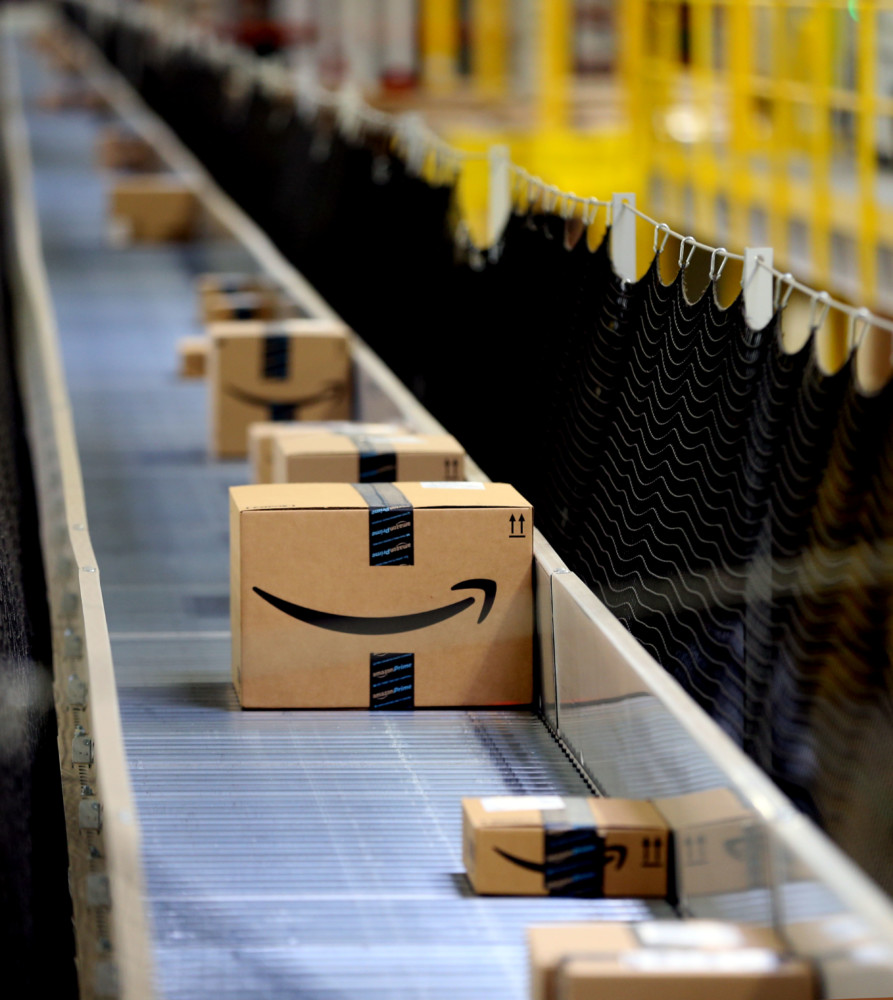By Benjamin Romano
The Seattle Times
WWR Article Summary (tl;dr) Sales of physical merchandise on Amazon by third parties, mostly small and mid-sized businesses, reached 58% of the company’s total last year, amounting to $160 billion.
The Seattle Times
While Amazon first opened its selling apparatus to independent businesses in 1999, the company’s courtship of and reliance upon them has gained a new prominence this year, most recently with a suite of tools, services and investments detailed Thursday.
Jeff Bezos began his tone-setting annual letter to shareholders in April by describing the growth of Amazon’s third-party seller business over the last two decades as “strange and remarkable.”
He said sales of physical merchandise on Amazon by third parties, mostly small and mid-sized businesses, reached 58% of the company’s total last year, amounting to $160 billion.
Amazon said on Thursday that it plans to spend $15 billion in 2019 on a range of initiatives to better support small-business sellers, and touted scores of tools and services it has released this year to help them compete in its complex, automated marketplace and fulfillment system.
Bezos attributed the success of third-party sellers to the development of those tools and programs, highlighting in particular Fulfillment by Amazon, begun in 2006. It allows them to use the vast network of warehouses, services and delivery channels, including Prime one- and two-day shipping, Amazon has built up for its original business of selling directly to online shoppers.
buy soft pack generic buy soft pack online no prescription
Amazon’s emphasis this year on the success of smaller competitors using its platform comes amid heightened antitrust scrutiny of the company and other technology giants.
It also serves to highlight what has become a fast-growing business for Amazon. Third-party sellers paid the company $23.1 billion in commissions, shipping and fulfillment fees and for other services through the first half of 2019. That’s up 21.8% from the same period in 2018.
This long-term evolution of Amazon’s business model is not without challenges, many of which the company is helping sellers address with various software tools.
Third parties selling on Amazon “may increase our exposure to product liability claims,” the company says in the risk-disclosure section of its quarterly securities filings. Amazon may not be able to prevent them “from selling unlawful, counterfeit, pirated, or stolen goods, selling goods in an unlawful or unethical manner, violating the proprietary rights of others, or otherwise violating our policies,” the disclosure continues.
Those risks are compounded by the fact that some Amazon shoppers don’t realize when they’re buying from a third-party seller on its Marketplace, and not Amazon itself, even though the seller is clearly labeled and some third-party sellers now have their own digital storefronts. These customers can be confused and disappointed when an item doesn’t arrive as quickly or in the condition they’ve come to expect from a retailer that has prided itself on customer service from the outset.
“I waited 3 weeks for a book I had ordered for my daughter,” Ray, a Seattle Times reader, wrote in response to an open-ended query about the impact of Amazon. “I could go on for a couple more paragraphs about Amazon and it’s deception when ordering from a 3rd party on its website.” (Other responses praised the convenience and selection Amazon offers.)
Nicholas Denissen, Amazon vice president of small business, said the tools Amazon has developed are aimed at helping third-party sellers, even very small ones, become more sophisticated, thereby evening out the experience for customers shopping on Amazon.
They’re also meant to help small businesses succeed in an online marketplace where key factors like pricing and inventory are automatically and rapidly adjusted. Many of the new tools help third-party sellers plug into that automation, Denissen said.
One, called Target Inventory Levels, helps sellers using Fulfillment by Amazon manage their inventory to Amazon’s specifications, which can lead to more of their items being eligible for one-day delivery and lower their fees to store inventory in Amazon warehouses.
When something does go awry with a third-party seller, the company’s A-to-Z Guarantee provides refunds, Denissen said. (The terms of this program sometimes require legwork on the part of the customer, who must first seek a resolution with the third-party seller.) Here too there are risks: “(A)s our third-party seller sales grow, the cost of this program will increase and could negatively affect our operating results,” Amazon notes in its disclosure.
Amazon has also rolled out several new programs to reduce counterfeits, which mainly come from unscrupulous third-party sellers and hurt both consumers and the small businesses trying to compete with illegitimate wares.
“Customer trust and selling partner trust is our top priority,” Denissen said. “While we’ve made significant progress in that area, until it is zero, we’re not happy.”
Denissen described the $15 billion announced Thursday as “investments that we are making directly related to supporting our selling partners” including tools, conferences for sellers, financing, support employees and the Fulfillment by Amazon program.
He said the “growing” investment is a blend of capital and operations spending across the company. However, the investment “is not explicitly reported on its own in financial statements,” he said, making it difficult to assess it in the company’s broader financial context.
Amazon did not provide a comparable small business investment number for 2018.
To put the $15 billion in perspective, Amazon’s 2018 operating expenses, not including cost of goods and services sold, hit $81.3 billion.
___
Distributed by Tribune Content Agency, LLC.














































































































































































































































































































































































